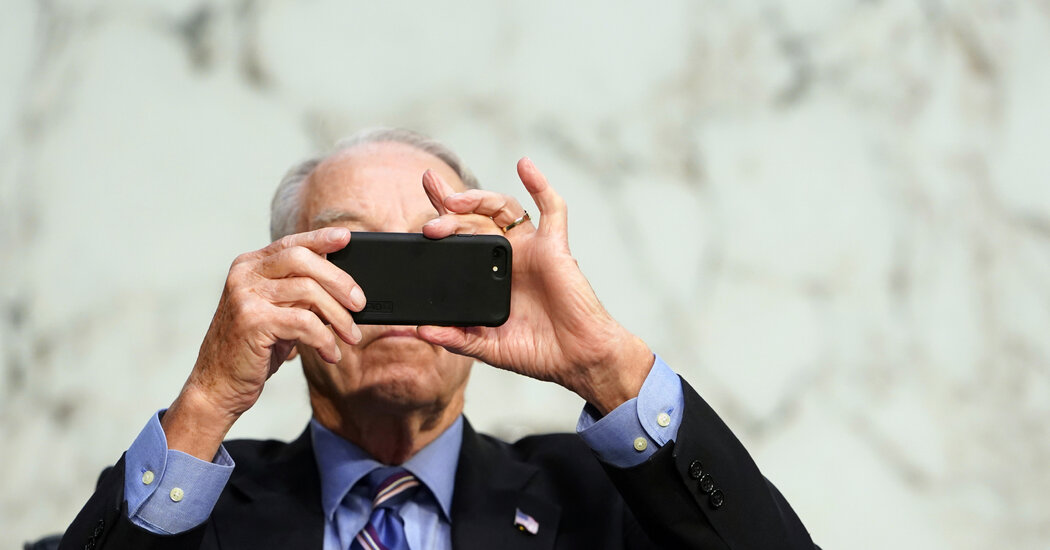Donald Trump’s Twitter: What Happened?

Much of the planning for and lead-up to the breach of the Capitol by pro-Trump rioters unfolded in plain view on Twitter, where it was understood by different groups of users, in utterly incompatible ways, to be both “real life” and all talk — this is among the reasons the event took so many people by surprise, while others insisted that it had been inevitable for years.
Twitter is certainly used for different things. It’s an invaluable tool for activism, as its role leading up to and through Black Lives Matter protests this summer made clear, again. It’s also a place where people try to pump penny stocks. At its most effective, it’s a tool for forcing the issue (doing so for brands is how it makes money).
As it relates to President Trump, the American media was quicker to adopt Twitter than American politicians, but American politicians understood intuitively what it was good for. It is effective not for deliberation or argument, as plenty of prominent Twitter users seem frustrated to still believe, or for building durable communities, but for making yourself seen, finding your people and letting them find you, borrowing or building a following through performance, and for manifesting all of the above into some sort of power that, if not exactly external, was connected to the world outside Twitter.
In other words, Twitter is a pretty appealing place to run a certain kind of political campaign. You can say whatever you want, even if it’s not true. You can appear available and accessible while also refusing to engage with anyone, for any reason. It’s a place where you can perform false legitimacy well enough to reap many of its benefits.
The Trump campaign’s dozens of election-related lawsuits failed in court, as evidenced by hundreds of pages of bizarre and humiliating transcripts, but they did just fine on Twitter, where they existed as a collection of symbols of legal authority and action, as floating claims of proof, and as an endless feed of promises and updates.
As useful as Twitter is for campaigning — and this could be said of most contemporary social media — it’s obviously not a great tool for the administration of government. It has been useful for revolutionaries around the world as a way to briefly assert power against governments; later, it was used by governments to crack down on opposition.

Comments are closed.